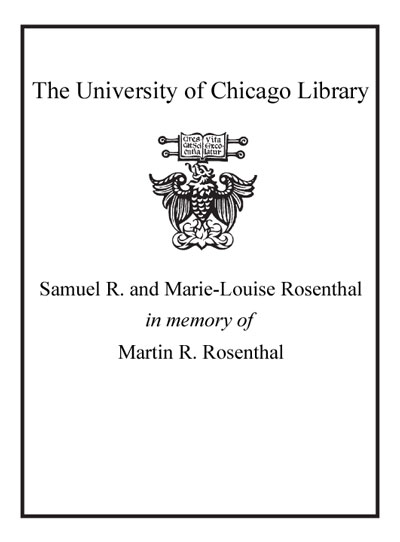Review by Choice Review
This well-received book is the wonderfully entertaining product of a collaboration between Brunetta, a freelance journalist and former Fulbright scholar, and Craig, a respected evolutionary biologist and author of Spiderwebs and Silk (2003). As the book delves into the evolution, properties, and multiple uses of spider silk, it takes the reader on brief forays into Greek mythology, paleontology, the foundations of Darwinian theory, Mendelian genetics, the Watson-Crick model of DNA structure, and protein chemistry. Modern spiders produce six or more different silks, and the changes in the structure of these fibrous proteins allow them to function as glues, water-repellent packaging, rappelling ropes, snares, and trip lines. The scattering of light by protein droplets in the silk even helps to obscure spider webs from flying insects, thus aiding their capture. The authors offer a fascinating look into how modifications of the strength, stickiness, and appearance of the silk used to make trip lines or webs allow spiders to extend their senses and physical reach. Silken webs can provide a spider with a home, a fortress, and a snare, whereas lines allow it to balloon on air currents for hundreds of kilometers. Summing Up: Highly recommended. Academic and public library collections, all levels. M. J. O'Donnell McMaster University
Copyright American Library Association, used with permission.
Review by Choice Review


